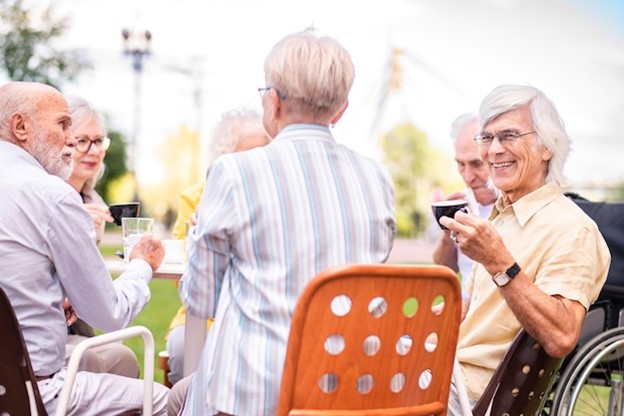
The Jewish Chelsea Museum’s Story-Sharing Conversations
These conversations occur periodically online or in person at the museum’s Chelsea, MA headquarters during days and times that are convenient for the participants. The museum’s Secretary, Dr. Herb Selesnick, moderates these small-group, informal story-sharing conversations.
